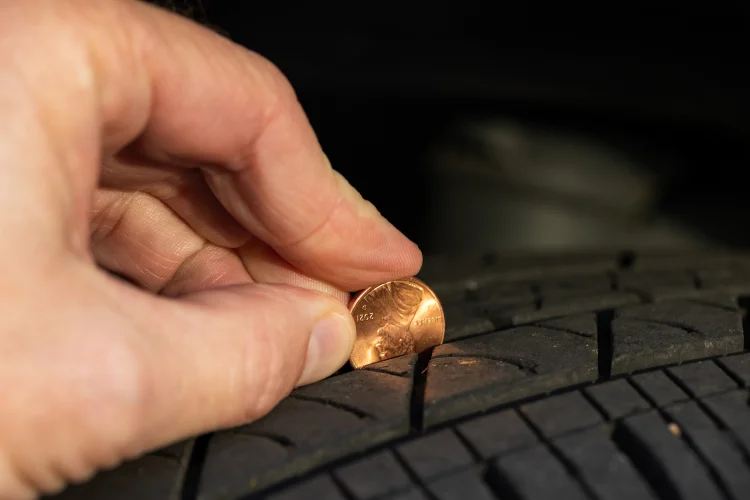5 Tips to Keep Your Vehicle Road‑Ready
practical maintenance tips
5,016Few things are more frustrating than a breakdown in the middle of nowhere. With a little routine care and preparation, you can dramatically reduce the chance of getting stranded — and extend the life of your vehicle. Here are five practical tips to keep your car safe, reliable, and road‑ready, no matter where the journey takes you.

1. Stay on Top of Oil & Fluid Changes
Engine oil isn’t just “motor syrup” — it lubricates critical components and helps regulate temperature. Skipping oil changes can lead to increased friction, overheating, and ultimately costly repairs.
-
Check oil level monthly using the dipstick; top off if it’s low.
-
Follow manufacturer intervals (often every 3,000–7,500 miles) for full oil-and-filter service.
-
Inspect other fluids at the same time: coolant, transmission fluid, brake fluid, power‑steering fluid, and windshield washer solvent.
2. Inspect Tires & Maintain Proper Pressure
Tires are your car’s only contact with the road — keeping them in good shape affects safety, fuel economy, and handling.
-
Monitor tire pressure with a gauge at least once a month (including the spare!). Inflate to the PSI recommended on your driver’s‑side door jamb.
-
Rotate tires every 5,000–7,000 miles to ensure even wear.
-
Check tread depth visually or with a penny: if Lincoln’s head is fully exposed when inserted upside‑down, it’s time for new tires.
3. Test Battery & Electrical System
A weak or dying battery is a leading cause of roadside failures. Prevent unexpected stalls, dimming lights, or no‑start situations by giving the battery some attention:
-
Inspect terminals for corrosion (white, crusty deposits) and clean them with a wire brush if needed.
-
Use a battery tester or multimeter to check state of charge; most auto parts stores will test it for free.
-
Replace batteries every 3–5 years, or sooner if performance drops.
4. Check Brakes, Lights & Belts
Good brakes and clear lighting aren’t optional — they’re lifesavers. A worn belt or burned‑out bulb may not strand you, but they can put you at risk.
-
Brake inspection: Listen for squeaks or grinding, and have pads/rotors checked every 10,000 miles.
-
Lighting check: Walk around your car monthly to confirm headlights, brake lights, turn signals, and fog lamps all illuminate.
-
Belt & hose inspection: Look under the hood for cracks, fraying, or leaks in serpentine belts and radiator hoses; replace before failure.
5. Keep an Emergency Kit & Plan
Even the most meticulously maintained car can run into trouble. An emergency kit turns a stressful breakdown into a manageable delay. Include:
-
Jumper cables or a portable jump starter
-
Tow strap and basic tools (screwdrivers, pliers, adjustable wrench)
-
Flashlight with extra batteries
-
Reflective warning triangles or flares
-
First‑aid kit, water, non‑perishable snacks, and a thermal blanket
Road‑Ready Peace of Mind
By following these five steps — regular fluid and tire checks, battery maintenance, safety system inspections, and emergency preparedness — you’ll minimize surprises and maximize confidence behind the wheel. For even greater protection, consider adding roadside assistance through your extended warranty. That way, if an unexpected mishap does occur, help is just one call away.
Ready for worry‑free driving? Contact us today and we'll refer you to a Cuvrd partner for extended warranty coverage that includes roadside assistance and emergency services in a single, cost‑effective package.
TL;DR: Imagine hitting the open road without a worry—your engine humming smoothly, tires perfectly inflated, and emergency kit at the ready. In this post, we share five simple maintenance and preparedness tips—from timely oil and fluid checks to essential emergency gear—that help you avoid breakdowns and stay confidently on the move, no matter where your journey takes you.
— Robert Vaughn
